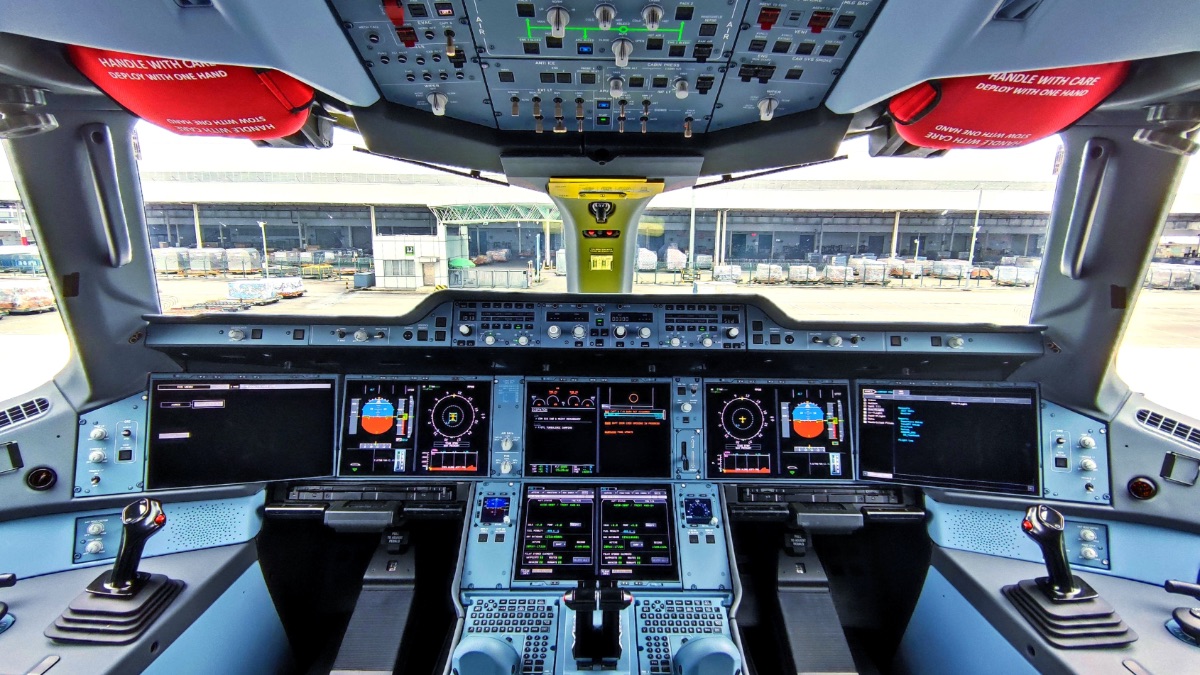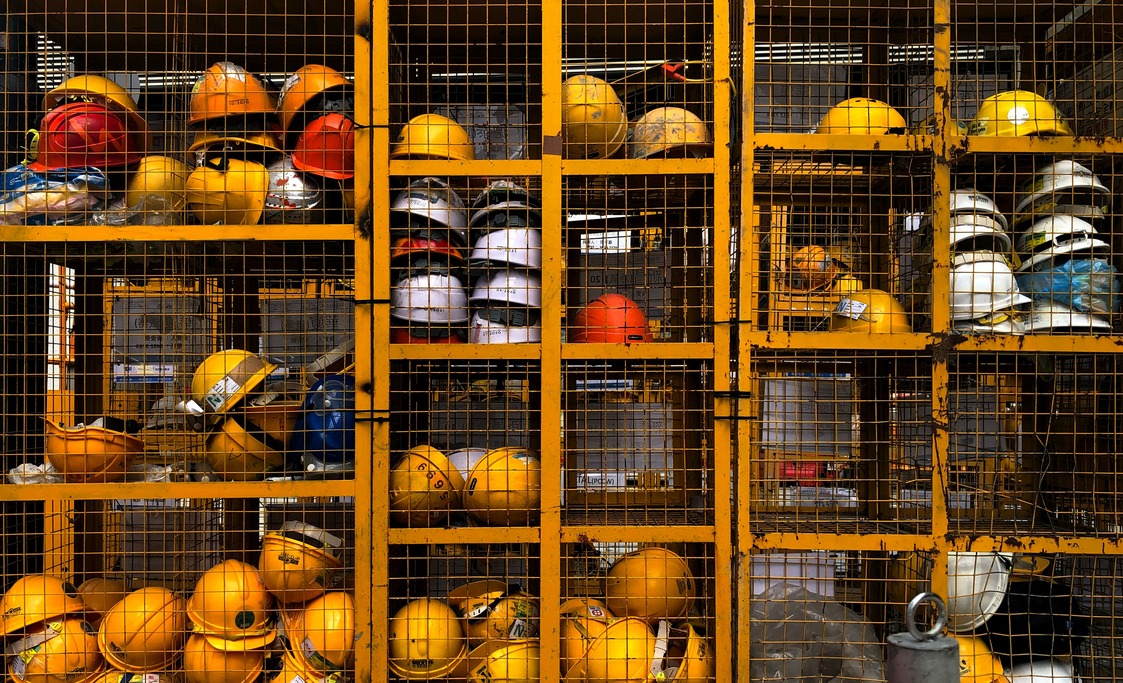Posts
Here you can find all our posts and articles on various topics. Feel free to search using categories or tags, as well as the free search form.

Automation – Friend or Foe?
This is the first in a series of articles on automation, the increased levels of automation and the potential risks associated with this. This first post will focus on what automation is and why it has become so prevalent in aviation. Automation in our lives Automation has become part of daily life for people across many industries. However, as indicated by the fact that scholars and developers alike often draw on experiences from aviation, only some have achieved the level of human-machine automation integration that aviation has. As technology becomes more and more capable and the perception that automation can perform various tasks more efficiently than humans remain, the level of automation will continue to increase. It may be argued, though, that while the original intent of automation was to assist and aid the human operators, there are indications that the situation may have started to move towards a level of automation where the human is being pushed further than what may be safe through other issues arising from these high levels of automation. When automation in aviation is discussed, manual handling is often the first topic that is put into question. Though this is of great importance, many other […]

Core cause, unlocking the depths: Unveiling the underlying cause beyond root cause analysis
Introduction Root cause analysis (RCA) has long been a valuable tool for problem-solving and decision-making in various domains, ranging from aviation and healthcare to business and management. It helps identify the immediate cause of a problem or failure, allowing organisations to address the symptoms. However, in complex systems and intricate situations, merely stopping at the root cause may not be sufficient to prevent the recurrence of similar issues. This is where exploring the underlying cause beyond root cause analysis becomes imperative, as when organisations embrace the pursuit of the underlying cause, they position themselves to address problems at their core and create sustainable solutions. This article will delve into the concept of the underlying cause, explaining its significance and how it differs from the root cause. It then outlines a systematic approach to uncovering the underlying cause, highlighting techniques and strategies to aid this pursuit. By understanding and addressing the underlying cause, the “core cause”, organisations can enhance problem-solving, optimise processes, and cultivate a culture of continuous improvement. Understanding the Difference between Root Cause and Underlying Cause We must distinguish between the two concepts before establishing the underlying cause beyond root cause analysis. The root cause represents the immediate factor […]

The Paradox of Ultra-Safe Aviation Systems: A Balancing Act between Safety and Progress
In aviation, the pursuit of safety is not just a priority; it’s an absolute imperative. As technology evolves, aircraft manufacturers and aviation authorities strive to implement cutting-edge safety measures to protect passengers, crew, and assets. However, the paradox of ultra-safe aviation systems emerges, raising questions about the consequences of reaching an unprecedented level of safety. In this exploration, we delve into the intricacies of this paradox, examining how an excessive focus on safety might inadvertently hinder the aviation industry’s ability to measure, analyze, and enhance its systems. The Safety Dilemma in Aviation: Aviation safety is a multi-layered endeavour encompassing stringent regulations, advanced technologies, and meticulous training. Aircraft are equipped with redundant systems, automated safety protocols, and real-time monitoring to mitigate risks and respond swiftly to potential issues. While these measures are essential, the aviation industry faces a unique challenge: the safer our aircraft become, the fewer incidents occur, leading to a need for real-world data for analysis. In striving for ultra-safety, aviation systems may find themselves in a paradoxical situation. Safety measures designed to prevent accidents and incidents might require more critical data to identify potential vulnerabilities and continuously enhance safety protocols. The Data Vacuum in Aviation: The aviation industry […]

A Comparative Exploration of Safety Differently in Contrast to Safety 1 and Safety 2
The evolution of Safety paradigms, including Safety 1, Safety 2, and Safety Differently, reflects a dynamic understanding of risk management. In this article, we delve into the distinctive features of Safety Differently, drawing comparisons with the established frameworks of Safety 1 and Safety 2. Safety 1, rooted in traditional safety thinking, emphasises preventing adverse events through risk identification and mitigation. This approach is well-captured in James Reason’s seminal work, “Human Error,” which highlights the importance of adhering to established rules and procedures to minimise the likelihood of adverse outcomes (Reason, 1990). In Safety 1, incidents are considered deviations from the norm, and investigations focus on uncovering root causes to prevent their recurrence. The emergence of Safety 2 as a response to the limitations of Safety 1 is detailed in Erik Hollnagel’s work, particularly in “Safety-I and Safety-II: The Past and Future of Safety Management” (Hollnagel, 2014). Safety 2 recognises the role of successful adaptations in complex systems and encourages an understanding of how organisations function under varying conditions. Unlike Safety 1, Safety 2 views incidents as valuable sources of information about system dynamics, prompting a shift from focusing on failure prevention to understanding successful adaptations. Safety Differently represents a paradigm […]